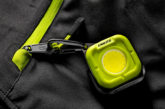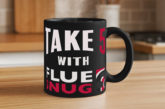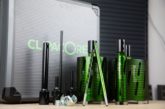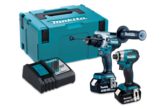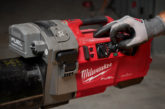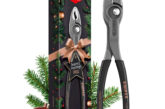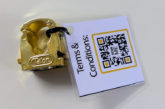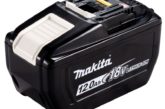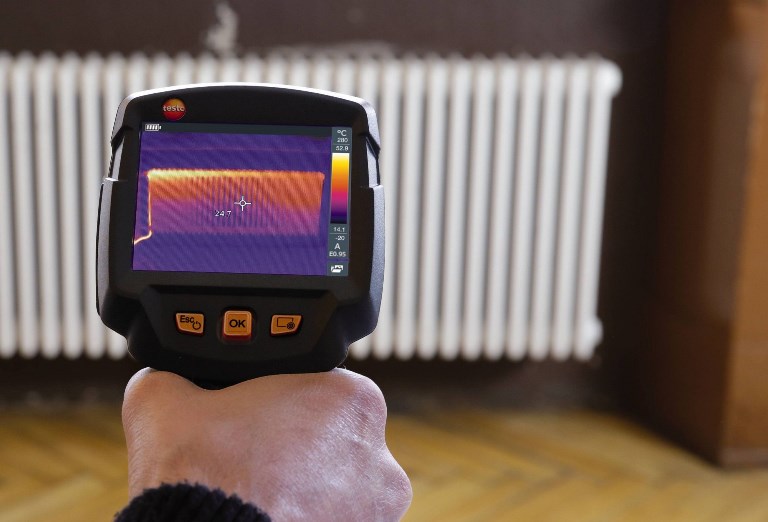
Thermal cameras can do a lot more than help find hot water pipework runs – as Jon Bawden, Testo Product Manager, explains.
Thermography has established itself as a valuable diagnostic tool in many industrial maintenance sectors, and now with the availability of lower cost thermal imaging cameras, many heating contractors are taking advantage of the technical and commercial benefits that owning a thermal imaging camera can bring to their business.
Pipework runs
The most obvious use of a thermal imaging camera is for the detection of hot water pipework runs throughout a building and the subsequent detection of leaks within such pipework. Modern thermal imaging cameras such as the testo 868s can detect temperature differences as small as 0.1°C and it’s this high sensitivity to temperature differences that allows the detection of pipework even though it may be buried in several inches of screed material.
Pipework buried in screed can transfer heat through conduction, and this heat signature can be detected on the flooring surface. Just being able to trace any hot water pipework via this method is a major benefit for some heating contractors when being asked to locate faults in a property where the pipework runs are not immediately obvious, and negates any invasive floor removal to trace pipework.
Leak detection
The next application for thermal imaging once the user has located any hot water pipework, is using the camera to help diagnose any potential sites of leaks within the system. Again, this is where the high sensitivity of the camera comes into play, as typically normal pipework runs will show up as very ‘linear’ lines of higher temperature than the background.
Potential leaks tend to show up as areas that are distinctly hotter than either the background or the pipework run, and usually it is possible to see this area ‘grow’ in size due to the hot water being pushed out into the screed material. Sometimes it can be necessary to create a greater temperature difference to really highlight the possible leak site, and these conditions can often be generated by making the property as cold as possible by opening all windows/doors for a time and then switching the heating system on, with a high temperature setting from cold.
Cold water?
One subject often discussed regarding thermal imaging is about detection of cold water pipework and this has some unique issues, as in most cases the temperature of any pipework carrying cold water will be at the same ‘background’ temperature as the floor – this won’t allow a sufficient temperature difference for a thermal imaging camera to detect directly.
However, the testo 868s can detect cold water when it has penetrated through to the screed or flooring material, as what happens is that the area that is damp can be detected through evaporative cooling effect, especially if you can introduce some airflow across the suspected area by opening a door or window.
Underfloor heating
As well as traditional heating systems the thermal imaging cameras are an invaluable tool for any contractors involved in installation and commissioning of UFH, as thermal imaging is really the only tool which can prove both the correct installation of pipework coils, and crucially also the correct operation and zoning of any UFH system.
As an installation contractor the ability to prove that the system is installed and functioning correctly is a major benefit in countering against any subsequent questions related to the work carried out.
Blocked radiators
The final application of thermal imaging for the heating contractor is the ability to quickly diagnose issues within radiators due to blockage or air. For any contractors offering a power-flushing service, being able to show customers why they need such a service is visually compelling and helps to justify the work required.
To help with further understanding these possible applications within the heating contractor sector Testo has a free handy guide available for download on its website which showcase some real-life examples of the wide range of thermal cameras in use.
The testo 868s
Designed as a rugged everyday tool for contractors to use, the testo 868s cameras have a 160 x 120-pixel Infra-red detector and a ‘Super resolution‘ feature to boost image quality to 320 x 240 pixels, this means for the user the ability to capture an image that comprises of 76,800 measurement points ensuring that all the detail within the subject is captured in a high-resolution image which can then effectively be used to diagnose the issue at hand.
The 868s also comes with the extra functionality of connectivity to a smartphone or tablet device via a free to download app, allowing users to take these high-resolution images and directly construct reports ‘on-site’ via their smartphone or tablet device which can then be emailed to clients to highlight problems found.
With a fixed focus lens, and operation that includes both automatic or manual control of temperature scale & span, as well as automatic display of the hottest or coldest pixel within the cameras display, the Testo 868s thermal imaging cameras enable heating contractors to quickly diagnose potential areas or problems, and record the images for future use if necessary.


